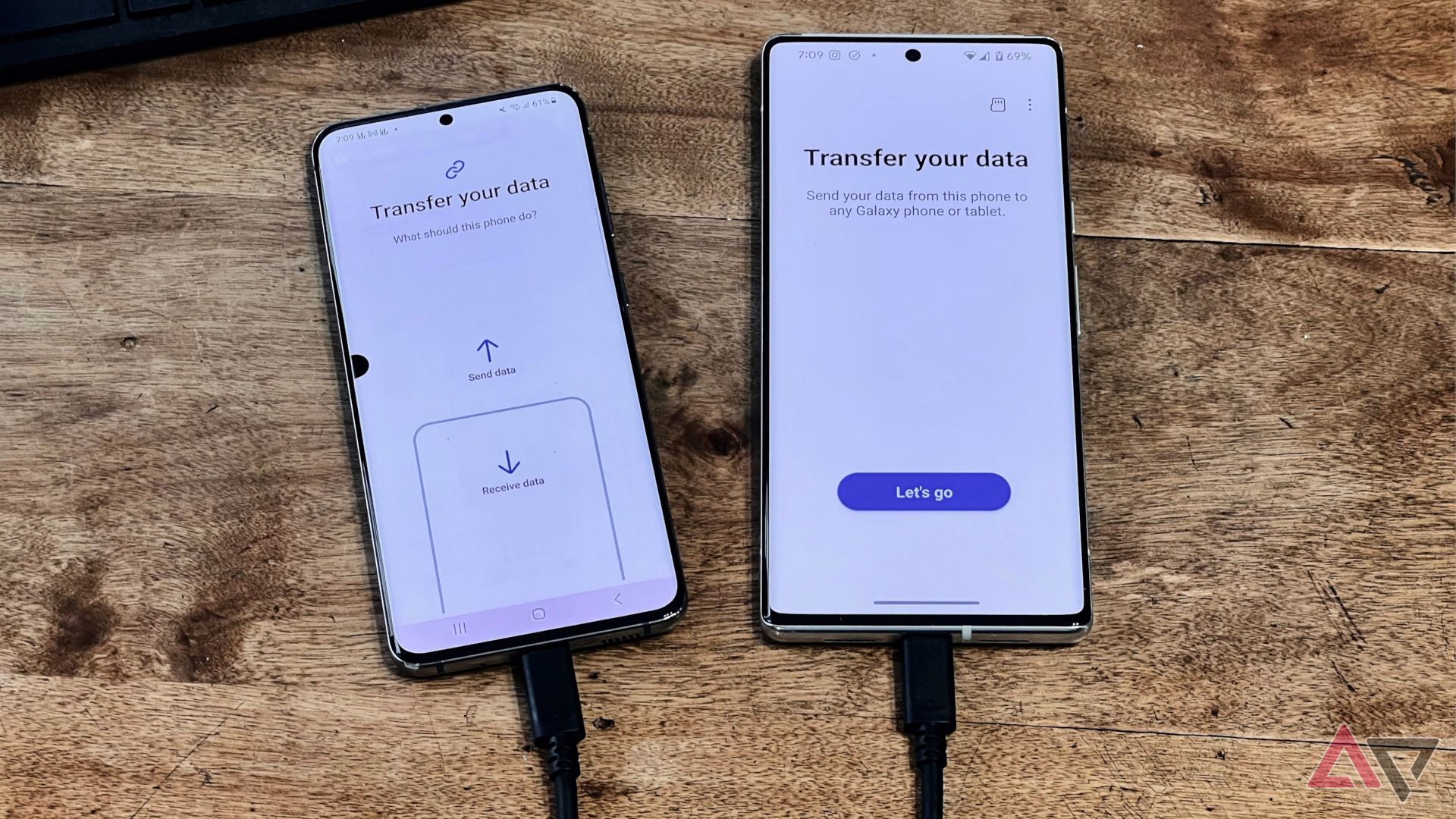Switch Information From Android To Android

The digital landscape is increasingly defined by seamless data migration. For millions of Android users, switching devices remains a frequent and often fraught experience. The ability to transfer personal information, settings, and applications smoothly from one Android phone to another is not just a convenience, but a critical expectation in today’s hyper-connected world.
At its core, the issue revolves around simplifying and securing the data migration process. The methods available vary widely in effectiveness and ease of use. This article delves into the available tools, emerging technologies, and user experiences surrounding Android-to-Android data transfer, examining the challenges and opportunities for a truly frictionless transition.
Current Methods for Android Data Transfer
Several established methods exist for transferring data between Android devices. These can be broadly categorized into Google's built-in solutions, third-party apps, and manual transfer techniques.
Google's Built-in Solutions: A Cornerstone
Google offers a range of integrated tools designed to streamline the data transfer process. One of the most prominent is the Android Setup Wizard, which automatically prompts users to transfer data from their old device during the initial setup of a new one.
This wizard typically utilizes a Wi-Fi Direct connection to directly transfer apps, contacts, calendar entries, and some settings. The effectiveness of this method largely depends on the age of the older device and the stability of the Wi-Fi connection.
Google Drive also serves as a crucial component. By backing up data to Google's cloud servers, users can easily restore their information on a new device. However, limitations exist, especially concerning app data backup for all applications.
Third-Party Applications: Expanding Options
The Google Play Store is teeming with third-party applications that promise simplified data transfer. Popular options often boast features like selective data transfer and support for a wider range of data types.
However, users must exercise caution when selecting these apps. Security concerns are paramount, as these applications often require broad permissions to access sensitive data. Independent reviews and a thorough understanding of the app's permissions are critical before entrusting data to a third-party solution.
Manual Transfer: The Traditional Approach
Manual transfer, involving copying files via USB cable or SD card, represents the most rudimentary method. While offering complete control over the data transferred, this approach is time-consuming and requires technical proficiency.
It's typically reserved for specific files, such as photos, videos, and documents, where more automated methods may not be practical. This method is less prone to compatibility issues but demands a higher level of user involvement.
Challenges and Opportunities
Despite the array of available methods, several challenges persist. Data fragmentation, application compatibility, and user security remain key concerns.
Data fragmentation is a significant hurdle. Not all data is easily transferable, leading to incomplete migrations and requiring users to manually configure settings and download apps individually.
Application compatibility is another factor. Older applications might not be compatible with newer Android versions, necessitating updates or, in some cases, preventing their transfer altogether.
User security is of utmost importance. Transferring sensitive data through untrusted channels poses significant risks, underscoring the need for robust encryption and secure data transfer protocols.
Emerging Technologies and Future Trends
The future of Android data transfer is likely to be shaped by emerging technologies. Enhanced cloud integration and AI-powered migration tools are poised to revolutionize the process.
Greater integration with cloud services, beyond Google Drive, promises to provide more comprehensive and seamless backups. This includes app settings, game progress, and customized configurations.
Artificial intelligence (AI) could play a pivotal role in streamlining the transfer process. AI algorithms can learn user preferences and intelligently prioritize data transfer based on usage patterns, optimizing the experience.
Furthermore, standardized transfer protocols, potentially driven by industry collaborations, could ensure greater compatibility between devices and reduce fragmentation.
Conclusion
Switching between Android devices remains a complex process, though advancements are continually being made. While current solutions offer varying degrees of convenience and security, the industry is moving toward more integrated, AI-driven approaches.
By prioritizing user security, embracing cloud technologies, and developing standardized transfer protocols, the future of Android data migration promises a significantly smoother and more user-friendly experience. Google's continued development and third-party innovations are vital to realizing this vision.
Ultimately, the goal is to empower users to transition seamlessly between devices, preserving their digital lives without unnecessary friction. This will solidify Android's position as a versatile and user-centric platform for millions worldwide.



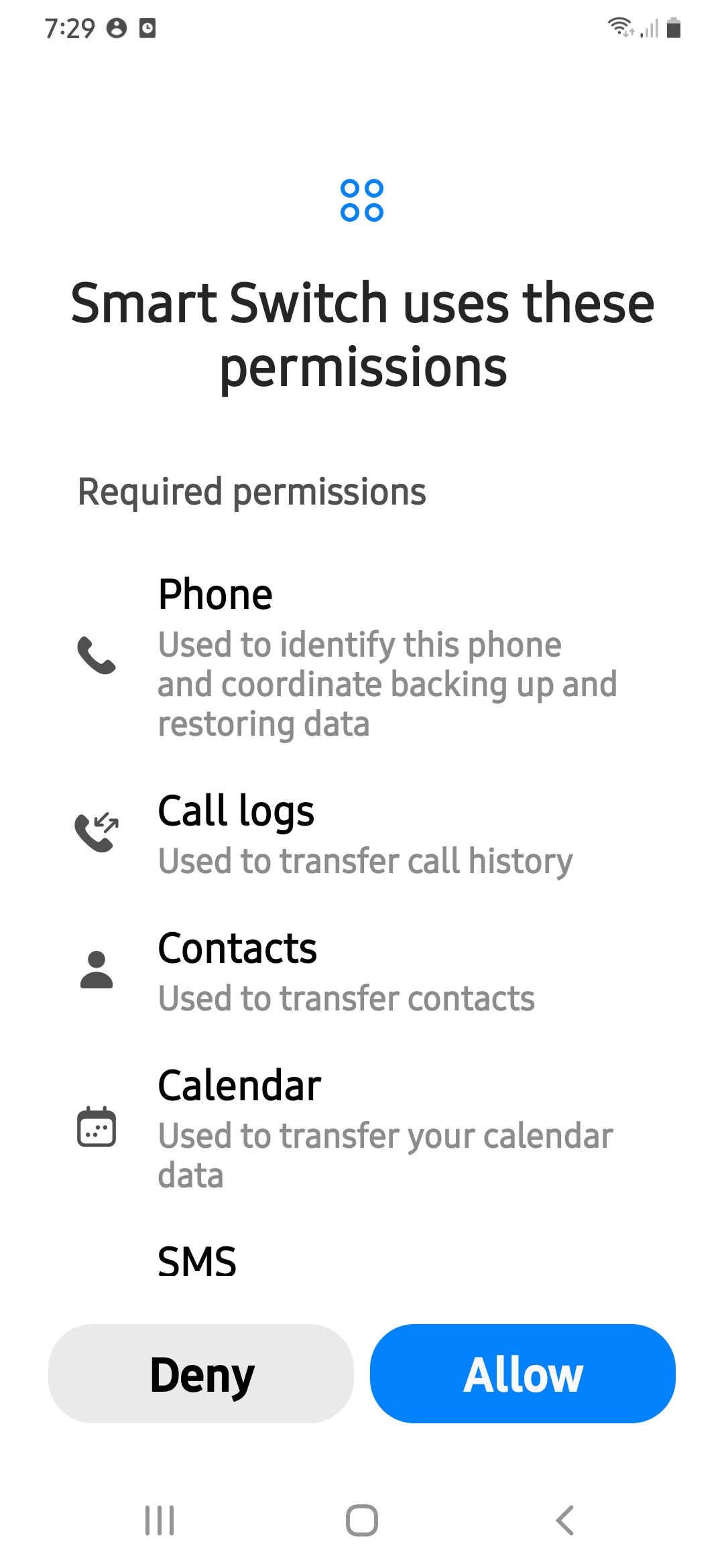
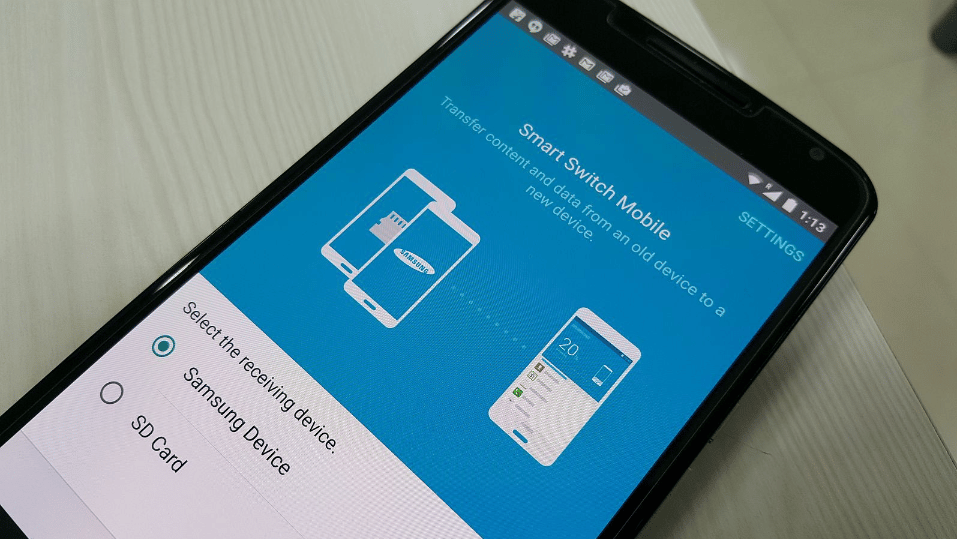



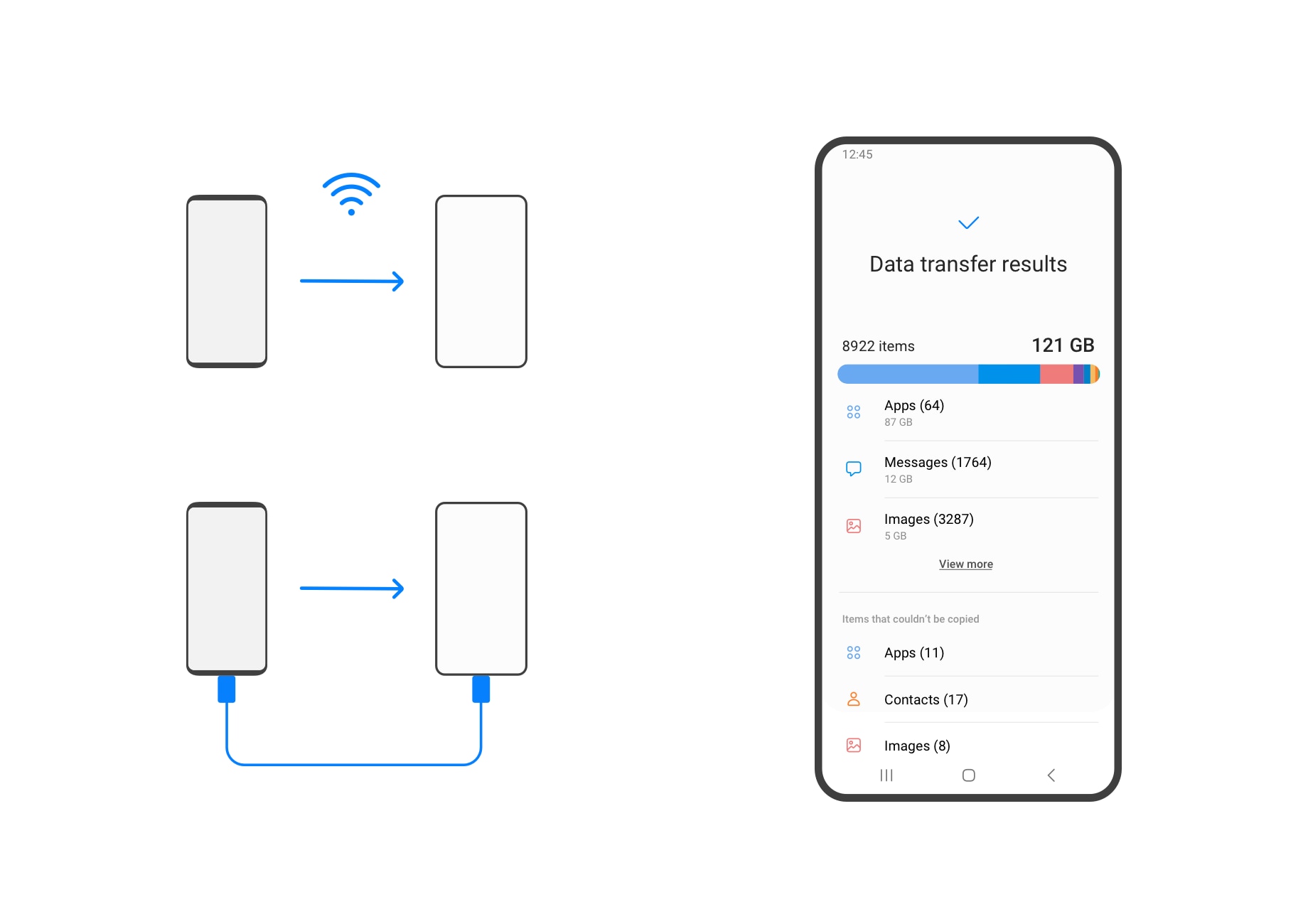
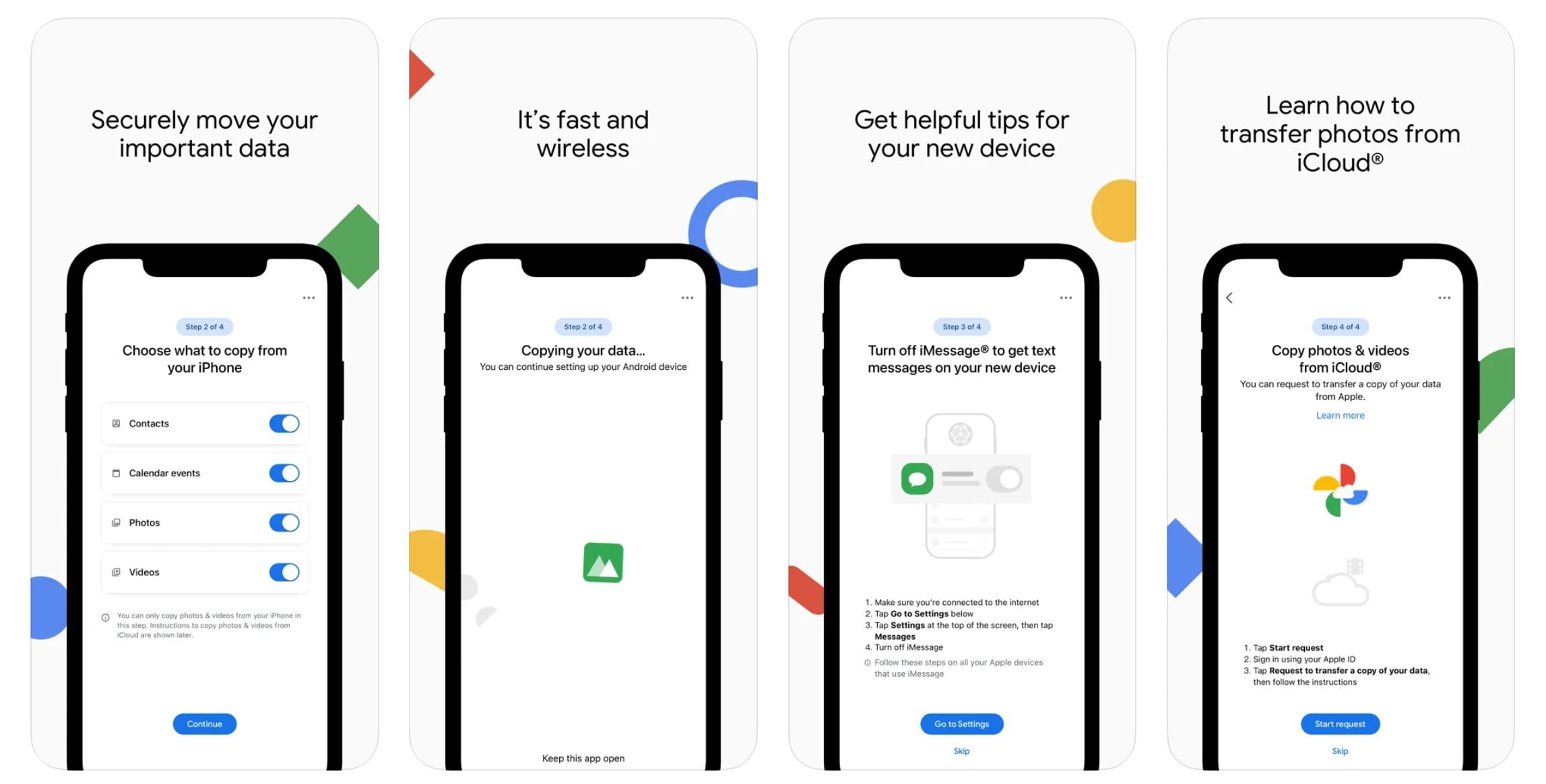
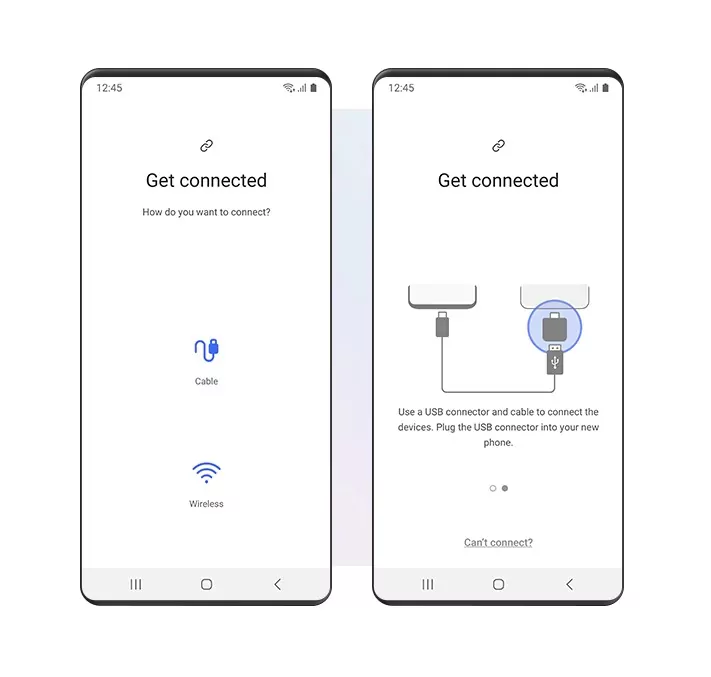
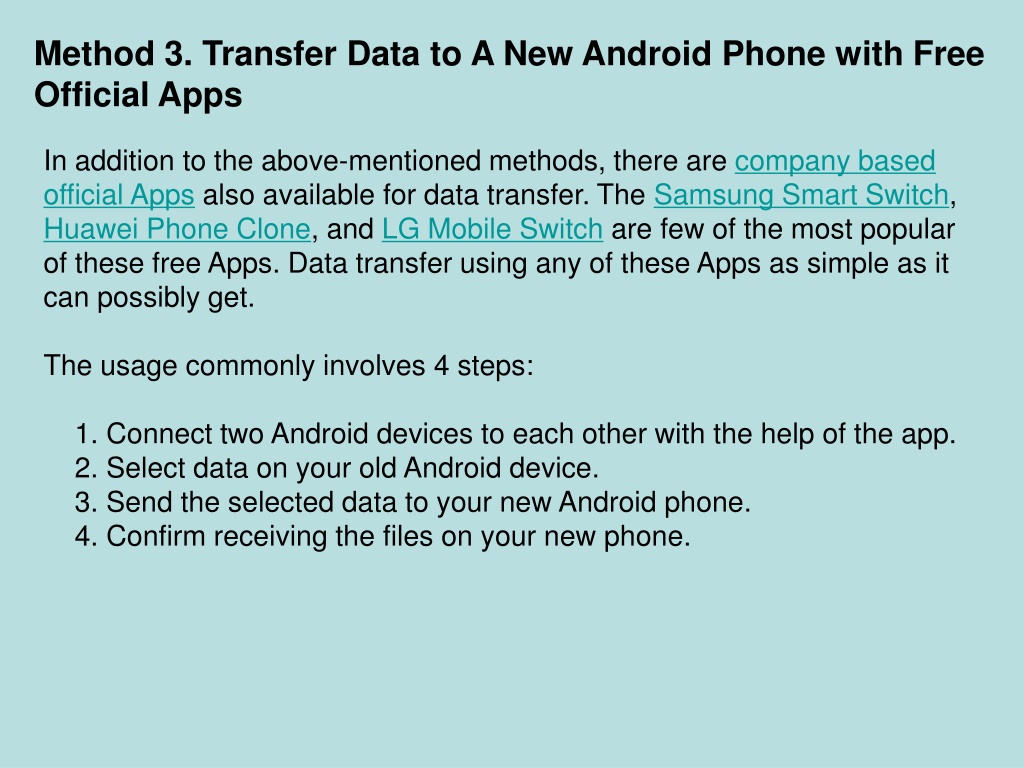
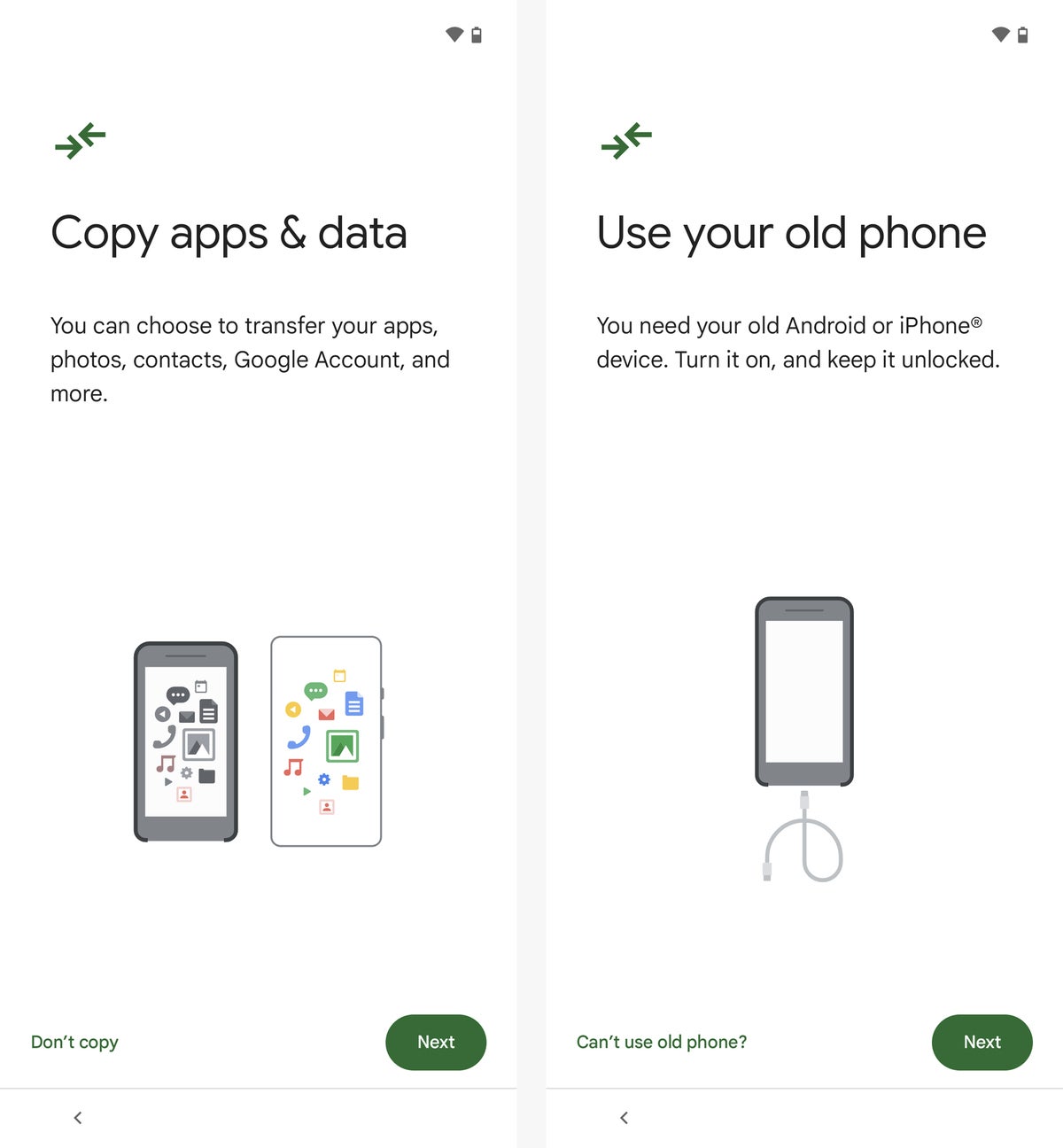

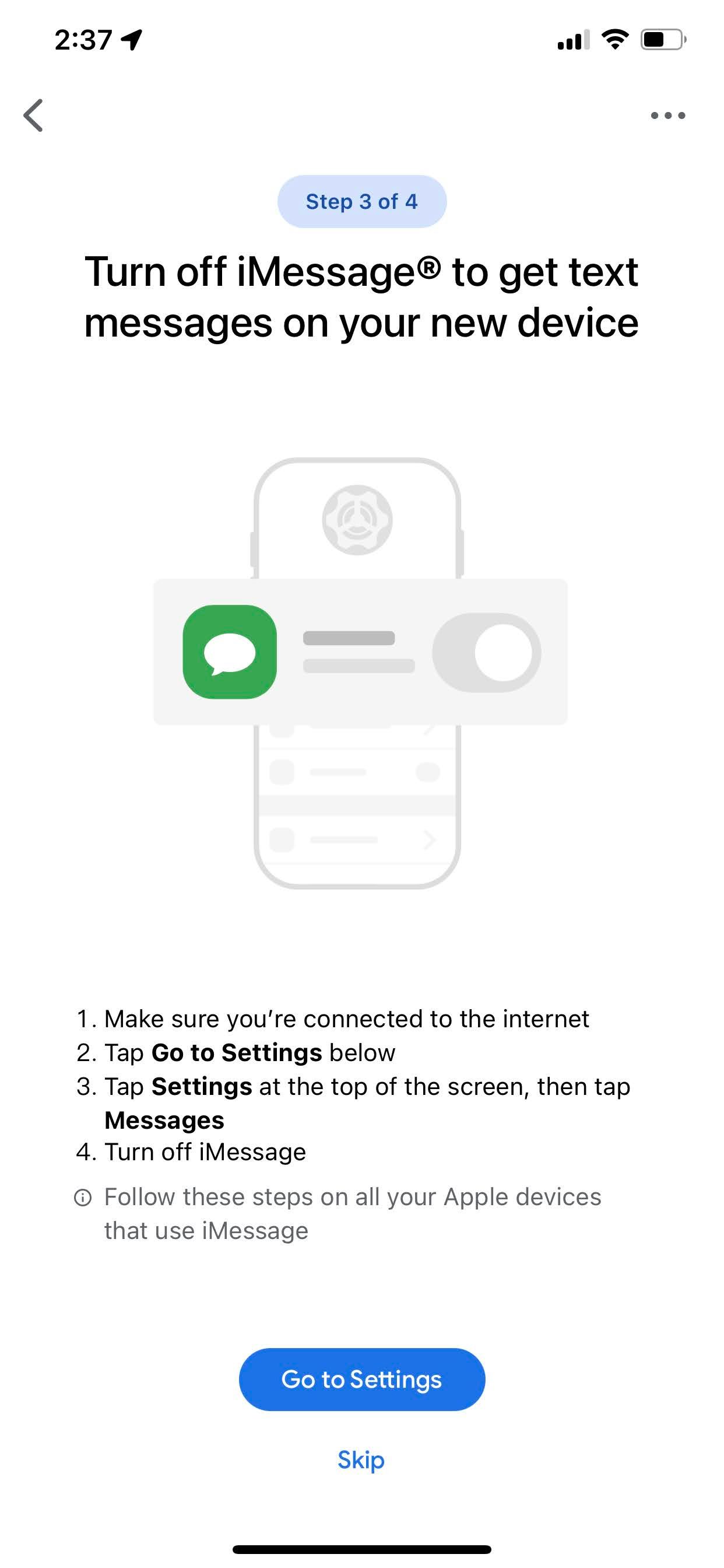

![Switch Information From Android To Android Smart Switch iOS to Android: A Tutorial Guide [2025]](https://mobiletrans.wondershare.com/images/en/article-images/smart-switch-ios-to-android-7.png)
